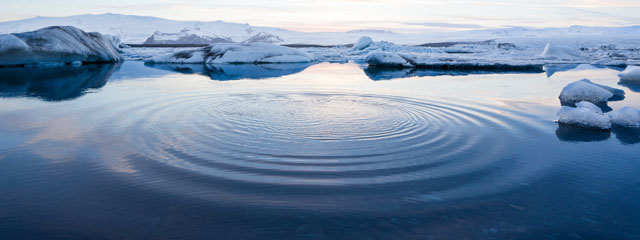Educators have new information and tools to engage students in understanding climate change and its effects. This past week scientists reported that in 2016 Earth experienced its warmest year on the historical record and the third consecutive record-breaking year. “The pattern is very clear,’’ said Deke Arndt of the National Oceanic and Atmospheric Administration (NOAA).
Two US agencies and international weather groups reported the findings, mostly blaming man-made global warming with help from a natural El Niño. NOAA said the average global temperature for 2016 was 58.69 degrees — 0.07 degrees warmer than 2015.
NASA reported an even larger rise - 0.22 degrees warmer than 2015 with figures that included more of the Arctic. The Arctic ‘‘was enormously warm, like totally off the charts compared to everything else,’’ said Gavin Schmidt, director of NASA’s Goddard Institute of Space Studies in New York, where the space agency monitors global temperatures. Reports are ‘‘all singing the same song even if they are hitting different notes along the way,’’ said NOAA’s Deke Arndt.
Lesson Plan – Abrupt Climate Change
The lesson plan outlined below teaches science’s goal is to advance human understanding of the natural world—sometimes means changing long-held views by reinterpreting data.
The lesson plan from AAAS focuses on a current issue in science in order to help students understand the process by which scientific knowledge is developed and refined. Many students believe that changes come mostly through newer facts and improved measuring technology. However, they may not make the connection that advancements in knowledge can come from both new observations and reinterpreting old observations. Read More.












